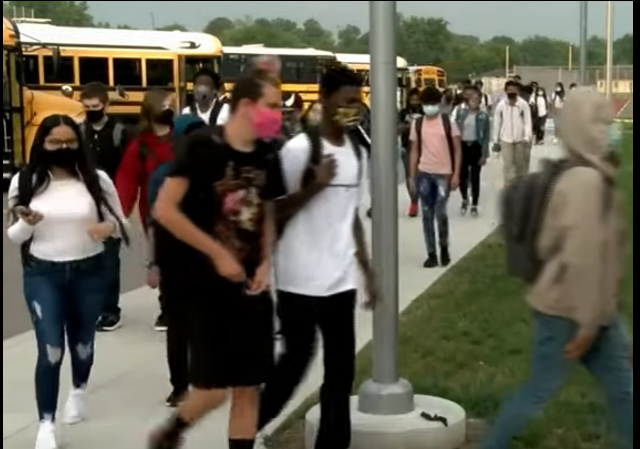National Survey Shows ‘Devastating’ Pandemic-Era Learning Loss in K-8 across U.S.

A group of researchers from some of the country’s most prestigious institutions reviewed test scores and other data related to educational performance in K-8 across the US.
Their conclusion: There has been a ‘devastating’ level of pandemic-era learning loss throughout the nation.
The “educational harm” caused by the coronavirus pandemic has been “devastating,” according to a recent survey of 26 million K-8 students by researchers at Stanford, Johns Hopkins, Dartmouth and Harvard. The researchers also found that the pandemic “exacerbated economic and racial educational inequality,” as lead authors Tom Kane of Harvard and Sean Reardon of Stanford wrote in a New York Times essay accompanying the release of their findings last week.Standardized test results have similarly shown that American students are losing ground in math, reading, history and social studies. But the new findings, which are part of the Educational Recovery Scorecard, add important — and troubling — context while also calling for urgent action.The top lineIn a survey of 7,800 communities in 40 states and Washington, D.C., Kane, Reardon and their colleagues found that between 2019 and 2022, the average “U.S. public school student in grades 3-8 lost the equivalent of a half year of learning in math and a quarter of a year in reading.”
The numbers are staggering:
- “Math, reading and history scores from the past three years show that students learned far less during the pandemic than was typical in previous years. By the spring of 2022, according to our calculations, the average student was half a year behind in math and a third of a year behind in reading.”
- “Our detailed geographic data reveals what national tests do not: The pandemic exacerbated economic and racial educational inequality.”
- “The pandemic left students in low-income and predominantly minority communities even further behind their peers in richer, whiter districts than they were.”
- “In the hardest-hit communities — where students fell behind by more than one and a half years in math … schools would have had to teach 150% of a typical year’s worth of material for three years in a row just to catch up.”
Kane and Reardon sounded the alarm in a recent opinion piece in The New York Times. The researchers fear parents think their children are doing much better educationally than the numbers reveal.
They urge long-term planning to undo the damage the pandemic lockdowns caused among the nation’s schoolchildren.
School boards and state legislatures should start planning now for longer-term policy changes. One possibility would be to offer an optional fifth year of high school for students to fill holes in academic skills, get help with applying to college or to explore alternative career pathways. Students could split their time among high schools, community colleges and employers. Another option would be to make ninth grade a triage year during which students would receive intensive help in key academic subjects.As enticing as it might be to get back to normal, doing so will just leave in place the devastating increase in inequality caused by the pandemic. In many communities, students lost months of learning time. Justice demands that we replace it. We must find creative ways to add new learning opportunities in the summer, after school, on weekends or during a 13th year of school.If we fail to replace what our children lost, we — not the coronavirus — will be responsible for the most inequitable and longest-lasting legacy of the pandemic. But if we succeed, that broader and more responsive system of learning can be our gift to America’s schoolchildren.
The authors’ solutions require the pandemic-lockdown-policy-makers to take complete ownership of the epic disaster it turned out to be. I suspect that this will not happen.
The policy-makers will likely continue to focus on woke nonsense and blame the parents for the ensuing academic failures. This information will be swept under the rug, hoping everyone will forget.
However, it is gratifying to see someone taking a hard, analytical look at the consequences of the pandemic lockdowns on the children.
CLICK HERE FOR FULL VERSION OF THIS STORY